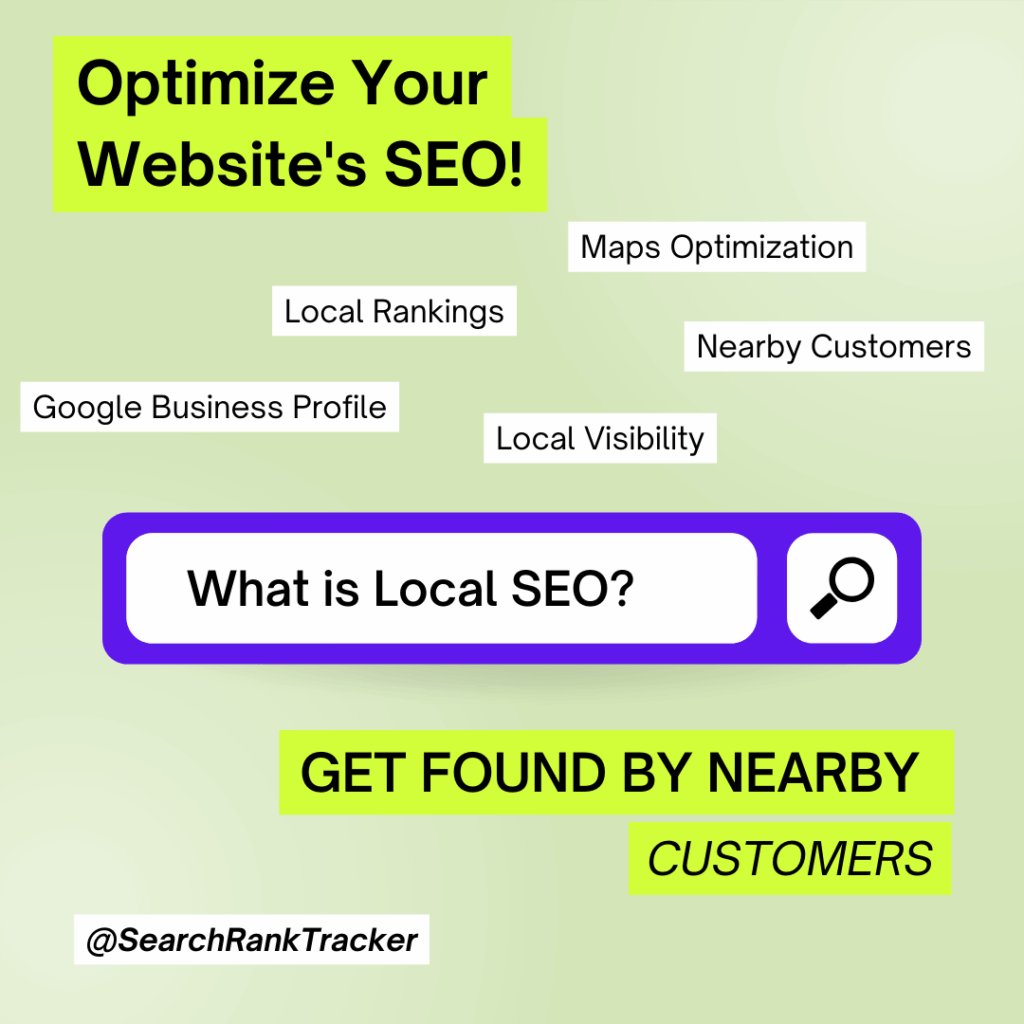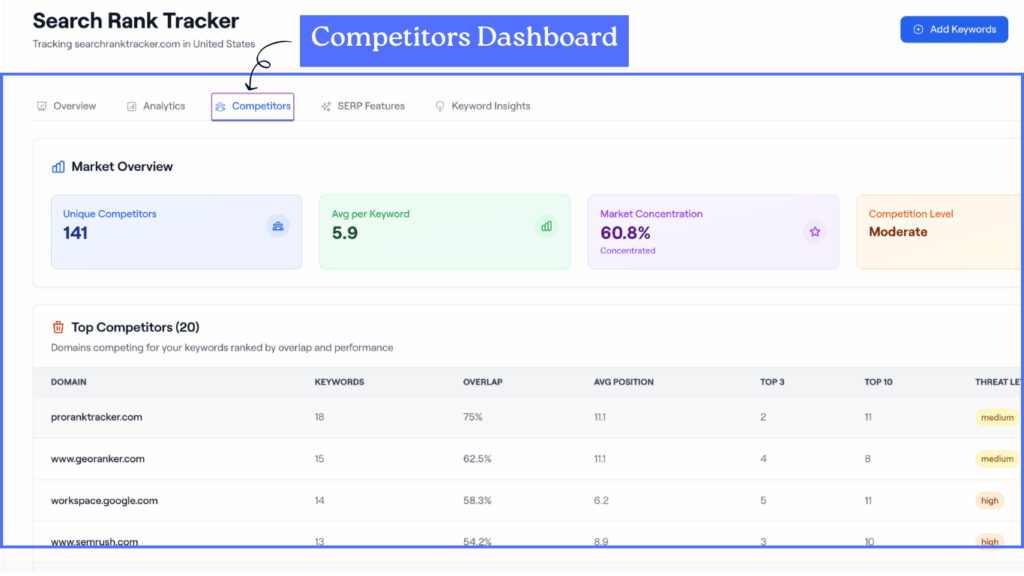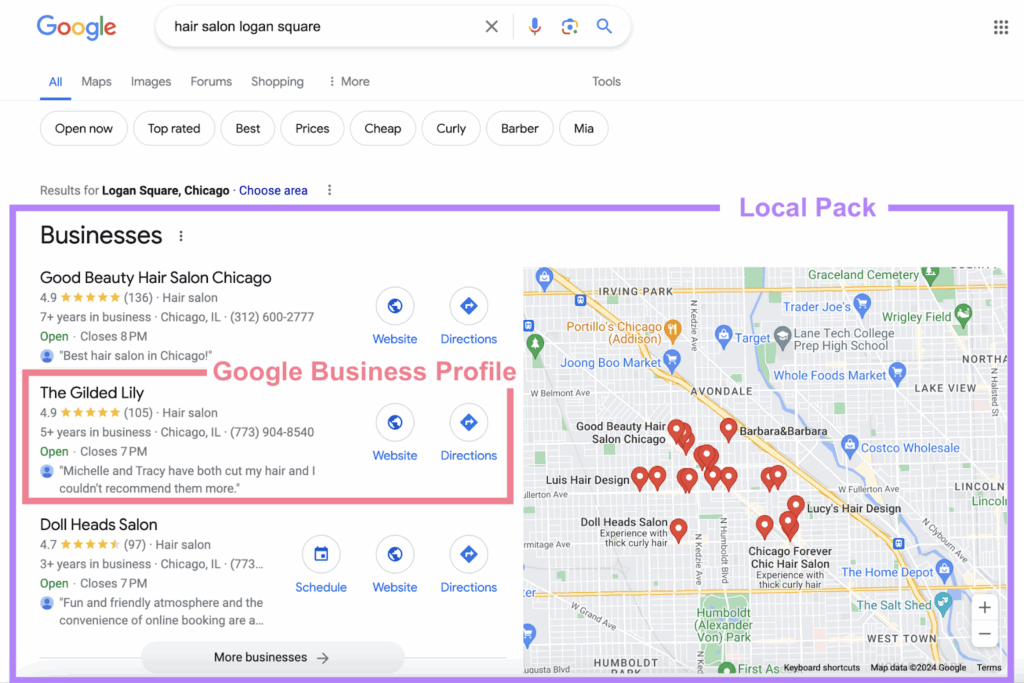If you’ve ever searched for the same thing on Google in two different suburbs, you might have noticed something strange: the results aren’t always the same.
That’s because Google doesn’t just care about the keyword you type. It also cares about where you are.
This is where a local rank tracker comes in. It helps you see exactly how your business shows up in different areas, and what that means for your customers.
Let’s break down what a local rank tracker can reveal, and why it matters for your SEO.
Why Local Search Looks Different Everywhere
When someone searches “plumber near me” in one postcode, they’ll likely see a completely different set of businesses compared to someone searching just a few kilometres away.
It goes without saying Google gives preference to businesses that are physically closer to the searcher.
However, if you only check generic ranking reports or SEO tools, you can’t see those differences, as it inevitably creates blind spots. You might think you’re doing well across an entire city when, in reality, you only appear strongly in one or two suburbs.
It also matters what kind of search your customer makes.

A “near me” search often means the person is ready to buy or visit straight away. A deliberate branded search like “Joe’s Plumbing” usually comes from someone who already knows the business.
A local search tracker helps you tell these apart.
How a Local Rank Tracker Lets You See the Differences
Local rank trackers reveal overlooked micro-markets within local areas—places where competition is weak but search demand is strong. With this data, you can move in quickly and achieve results with less effort.
Many business owners look at rankings across an entire city but often forget that this doesn’t tell the full SEO story.
For local SEO success, a suburb-level view often uncovers gaps you didn’t know existed. The built-in search grids of many local rank trackers cover exactly this.
For example, you might rank in the top three positions in Suburb A, driving calls and foot traffic, but in Suburb B—just 10 minutes away—you may not appear on the first page at all.
With the help of a search grid, you can maximise this opportunity.
Spotting Your Real Competitors
When you think about competitors, you might picture the big brands.
But in local SEO, that’s not always the case. A small independent café or a one-person plumbing service can dominate the map pack in their area, even if they don’t appear in wider searches.
Local rank tracking helps you see these hidden competitors.
Often, they win because they’re closer to the searcher, have more local reviews, or use very specific keywords.
If you notice patterns — like the same competitor showing up in three nearby suburbs — you know that area will be harder to crack. But if you see gaps where no one dominates, that’s an opportunity.

What Your Customers Are Really Searching For
Local ranking isn’t just about position; it’s also about intent.
Certain keywords reveal what stage of the journey your customer is in.
If someone types “open now” or “buy flowers near me,” that’s a buying signal. If they search “best flowers Melbourne” or “wedding bouquet ideas,” they’re still researching.
Rankings can also shift depending on the device and the time of day.
For instance, Google often shows mobile users the closest options when they’re out and about, while desktop results can be broader.
Then there are factors most SEO reports ignore: reviews, proximity, and business hours.
A shop with more positive reviews and open hours that match the search time will often outrank others, even if its website isn’t the strongest.
Why Local Rankings Directly Impact Revenue
Ranking isn’t about bragging rights.
It’s about how much business you actually earn. Moving from the fourth position to the third in the local map pack can double the number of calls you receive. By contrast, moving from fifth to second in organic results often has less impact.
Sometimes businesses rank well but don’t convert.
A florist might appear in the top three, but if the landing page has outdated information or no clear way to order, customers will leave. Local rank tracking highlights these gaps, so you can fix them before they cost you revenue.
It’s Not Just About Google Maps
Most people think local SEO is only about Google Maps.
While maps matter a lot, they shouldn’t be the heart of the Customers also find businesses through organic results and third-party platforms like Yelp, TripAdvisor, or even Facebook.

Different industries depend on different visibility. Restaurants, dentists, and there are many industries that rely heavily on map packs.
E-commerce stores usually get more from organic listings. Voice search adds another layer: when someone asks Siri or Alexa for a local service, the assistant often reads out the top map result. That makes map pack rankings even more critical.
Turning Your Rank Data Into Real Action
Tracking is only useful if it leads to action. When you see your rankings dip in certain suburbs, it often points to weak reviews, inconsistent citations, or lack of local backlinks. That tells you where to focus your efforts.
You may also find spots where organic optimisation is slow to pay off. Those areas are good candidates for paid local ads while you build up long-term authority.
In other words, rank tracking doesn’t just show you numbers, it shows you where to put your resources.
Final Thoughts
A local rank tracker isn’t just a reporting tool. It’s a way to understand how people actually find you, what competitors you’re up against, and where your business is strong or invisible.
If you are interested in trying a local rank tracker with a search grid to monitor rankings across different suburbs and devices, ours is perfect for you.
We offer a pay-as-you-go business model, so you only pay for the trackers you use, rather than committing to a monthly subscription.
With features like mobile and desktop tracking, and integration with platforms like Google Search Console and WordPress, our search rank tracker makes it easy to see where your business ranks, spot opportunities, and take action to improve your local visibility.
For beginners, the key takeaway is this: rankings aren’t the same everywhere, and the closer you look, the more opportunities you uncover.